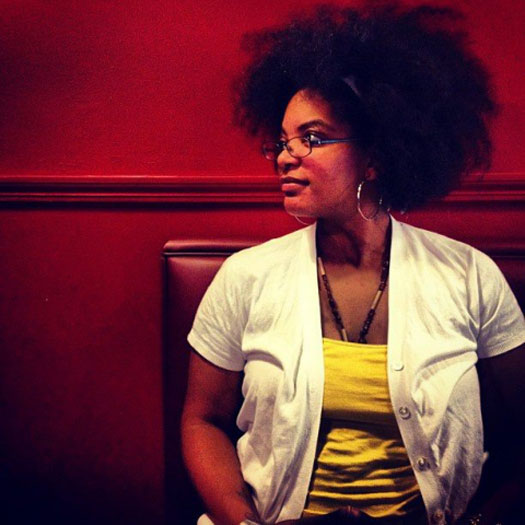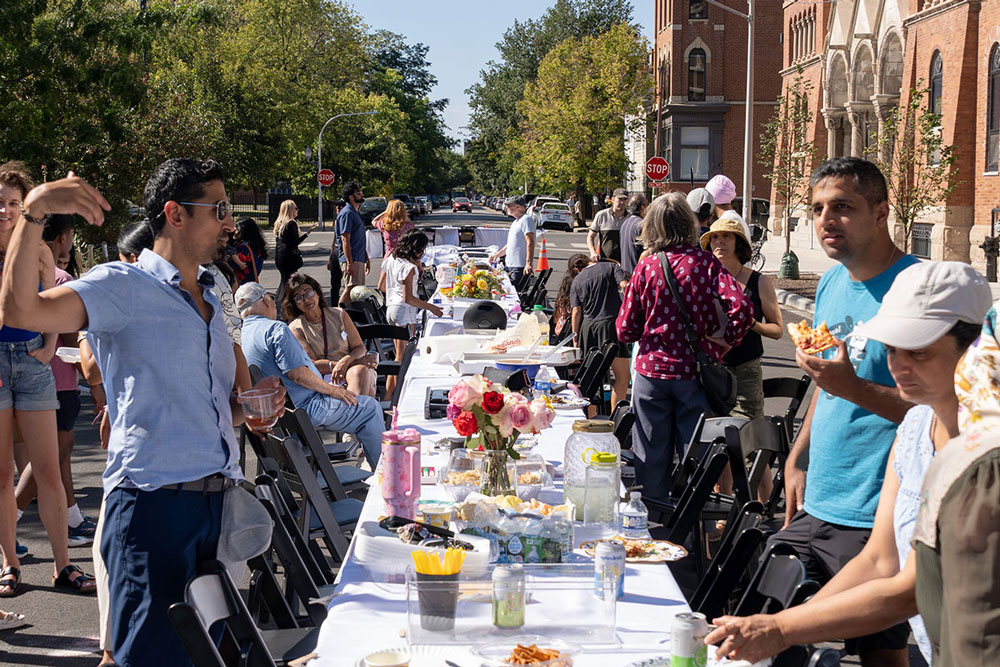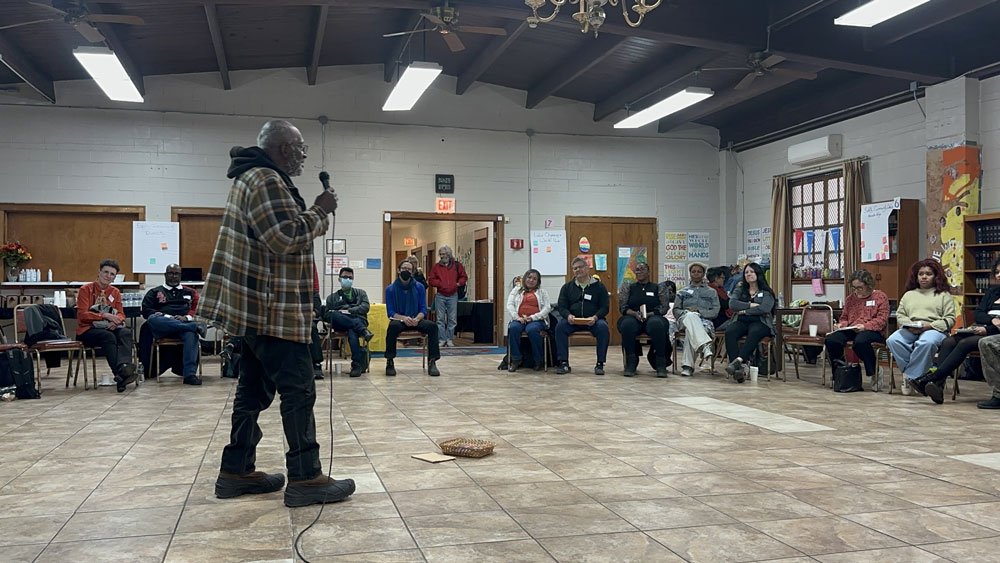
April 13, 2019; Jacobin, The Nation, and American Prospect
On March 29th, a fire engulfed the main building of the nonprofit Highlander Research and Education Center on its 200-acre campus in New Market, Tennessee. No lives were lost, but the organization, which has been a social justice education and training center operating since 1932 (and in its present location since the early 1970s) did lose “decades of documents and artifacts.”
As Sarah Mervosh reported in the New York Times, a “symbol connected to the white power movement” was found spray-painted in the parking lot. Mark Pitcavage, a senior research fellow with the Anti-Defamation League’s Center on Extremism, told a reporter of the Knoxville News Sentinel that the symbol used was “one of the symbols that the Christchurch [New Zealand] shooter painted on one of his firearms.”
It is hard to overstate Highlander’s importance in the history of US social movement organizing. Writing in Jacobin, Yale graduate student Mie Inouye notes that:
In the 1930s, Highlander staff identified industrial unions as the most plausible site for movements for economic and political democracy. Accordingly, Highlander supported and accompanied the Southern labor movement with extension and residential workshops for rank-and-file organizers.
These workshops were unconventional—students would participate in activities designed to give them the feeling of freedom. One program was developed by Zilphia Horton, Myles Horton’s wife, who put together a dramatics program based on her study of workers’ theater at the New Theatre School in New York. Students improvised, wrote, and performed plays based on scenarios familiar to them, from confronting scabs on the picket line to explaining the purpose of dues to skeptical union members and dealing with manipulative bosses. By recreating their worlds on stage, workers gained a sense of themselves as protagonists of social change.
Sign up for our free newsletters
Subscribe to NPQ's newsletters to have our top stories delivered directly to your inbox.
By signing up, you agree to our privacy policy and terms of use, and to receive messages from NPQ and our partners.
As historian Robin Kelley and social movement strategist Makani Themba observe in The Nation, decades before Brazilian Paolo Freire penned the classic Pedagogy of the Oppressed on popular education methods, Highlander was enacting them. Kelley and Themba add that in the 1950s Highlander “established Citizenship Education Schools under the direction of Septima Clark and Bernice Robinson.” Other civil rights leaders to come to Highlander included Ella Baker, Anne Braden, James Bevel, Hollis Watkins, Bernard Lafayette, Andrew Young, Fannie Lou Hamer, Stokely Carmichael, Ralph Abernathy, Marion Barry, and John Lewis. All told, the Citizenship Schools are credited with registering over 50,000 Black voters across the South in the early 1960s.
Inouye notes that when lunch counter sit-ins exploded across the South (starting in Greensboro), it was Highlander that in April 1960 brought together many of the student organizing groups for the first time. Inouye adds that, “Over the course of the weekend, the students deliberated about their philosophy of nonviolence, their relationship to established civil rights groups, and their attitude toward the law. One of their conclusions was that they should form a south-wide umbrella organization. Two weeks later, at a meeting organized by Ella Baker in Raleigh, North Carolina, many of the same students formed the Student Nonviolent Coordinating Committee (SNCC).”
Today, Highlander may be less visible, but it still plays an important role. Peter Dreier, writing in the American Prospect highlights a few programs that Highlander is currently supporting including, “the STAY Project, which supports young environmental and civil rights activists in Appalachia; the National Bail Out Collective, and the Power U Center for Social Change, which works with youth of color in Miami, Florida.”
Ash-Lee Woodard Henderson, co-executive director at Highlander today, reminds Inouye that Highlander is hardly a “living museum.” In addition to the projects Dreier mentions, current work has included, notes Inouye, support for “Movement for Black Lives and the Southern Movement Assembly with resources and capacity, leadership development, fellowships, popular education, and trainings.” Whether it is at a new economy conference or at last fall’s Race Forward gathering, Highlander has been present, calling on participants to build a clear, easily communicated, democratic vision for the long haul.
Both Henderson and her co-executive director Rev. Allyn Maxfield-Steele were dismayed but not surprised by the arson attack. In their statement, they point out that, “Since 2016, the white power movement has become more visible, and we’ve seen that manifest in various ways, both subtle and overt.” They note that while Highlander “has been repeatedly targeted over our 87 years of existence,” that “now is a time for building our power.” They add, “Now is the time to be vigilant. To love each other and support each other and to keep each other safe in turbulent times.”—Steve Dubb











